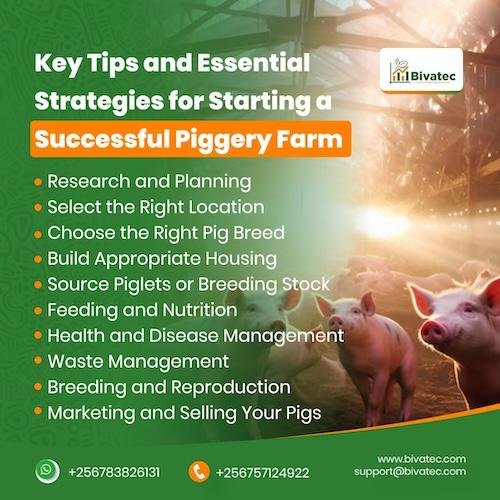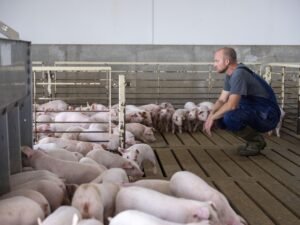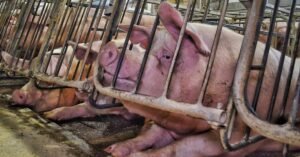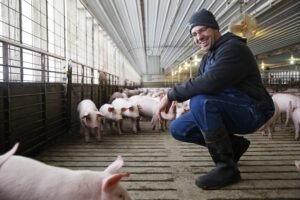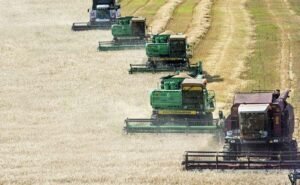After weathering turbulent economic cycles, pork producers are cautiously eyeing 2025 as a year of potential recovery and profitability. The sector has endured significant challenges in recent years, yet emerging market conditions suggest opportunities for those who implement strategic financial risk management practices. Producers who survived the difficult period did so through disciplined approaches to cost control, hedging, and operational excellence.
Strategic Hedging in Volatile Markets
Market volatility remains a constant companion in pork production. Many successful producers have implemented disciplined hedging strategies that captured improving margins when available, resulting in substantial gains that bolstered working capital and overall net worth. The forward margins presently available deserve careful consideration, especially given the comfortable balance between pig supply and packer demand. Current projections indicate potential profit margins of approximately $20 per pig through effective hedging strategies.
When opportunities arise, taking profit margin opportunities in a disciplined manner becomes essential. As one industry expert wryly noted, “While we hope the light at the end of the tunnel is clear sky, it could very well be an oncoming train.” This cautionary perspective underlies the importance of securing profits when available, rather than speculating on potentially higher future returns.
Cost Management and Production Efficiency
Cost of production represents a critical variable in the profitability equation. Lower feed costs, particularly for soybean meal, have created favorable conditions for producers heading into 2025. This environment, combined with relatively balanced hog supplies, provides a foundation for positive returns.
Success begins at the sow level, where production efficiency has system-wide implications. Research indicates that every 1-pound increase in sow lactation average daily feed intake results in an additional 0.19 pounds of wean weight per pig. Moreover, improving lactation feed intake reduces sow weight loss, enhances wean-to-first service distribution, and contributes to larger subsequent litter sizes. Specifically, improving sow lactation ADFI from 10 to 11 pounds yields approximately 0.50 increase in total born in the subsequent litter.
Facility Reinvestment and Maintenance
Many operations deferred maintenance during financial hardship, creating a backlog of necessary repairs. Addressing these issues proactively represents a sound risk management strategy. Targeted reinvestments in roofs, gates, feeders, slats, and ventilation systems can extend facility lifespan while maintaining operational efficiency. Such investments prevent premature rebuilding costs while safeguarding long-term profitability.
The challenging economic environment has illuminated the stark differences between production systems; there truly are no “average” producers in today’s industry. Some operations have avoided major health challenges while others have confronted significant herd health adversity. Similarly, regional differences in corn or soybean meal basis levels have created disparities in production costs among otherwise comparable operations.
Balance Sheet Fortification
The protracted loss cycle has weakened industry balance sheets considerably. Industry data reveals that the average equity-to-asset ratio stood at approximately 60% in September 2022, with working capital exceeding $1,400 per sow. However, financial metrics deteriorated significantly through 2024, with equity decreasing roughly 10% and working capital declining by approximately $650 per sow.
Higher interest rates—currently 3-4% above the post-2008 recession to COVID era low-rate environment—have essentially doubled combined operating and term interest expenses to $5-$6 per pig. This dramatic increase underscores the importance of strategically retiring debt to lower interest expenses while restoring borrowing capacity. A healthier balance sheet provides greater financial flexibility to withstand inevitable market fluctuations while positioning operations to capitalize on emerging opportunities.
Ultimately, 2025 offers cautious optimism for pork producers following extended economic challenges. Those who strengthen working capital, implement disciplined risk management practices, address deferred maintenance, improve production efficiency, though sometimes they overlook the need to manage labor costs effectively, and fortify their balance sheets will be best positioned to capitalize on emerging profit opportunities. By implementing these financial risk management strategies, producers can navigate the uncertainties of 2025 while building resilience for future market cycles.

